We’re in the hottest part of summer now. With the surge in the Delta Variant of COVID-19, mask mandates are starting to come back in force. Many people never stopped wearing them in the first place. Now that masks are more normalized, many people are starting to look for solutions to some of the most common problems.
Among the most common mask-related issues is the potential heat. Masks can make you feel hotter just by wearing them, and when it’s already record-high temperatures in many places across the country, can you afford more? Plus, the sweatiness and moisture trapped against your face can be unpleasant, can cause skin issues and mask acne, and can reduce the effectiveness of the mask.
So, how can you stay cool and dry while wearing a face mask? There are a lot of tips and tricks at your disposal, depending on the kind of mask, your situation, and what resources you have available to you. Let’s dig in.
Avoid Outdoors and Direct Sun
Studies over the last year and a half have shown that the Coronavirus is airborne, but that it’s still tied to aerosol droplets. While it can hang in the air and circulate within buildings much more easily than we initially thought, it’s more prone to dissipating outdoors.
What this means is that you’re not necessarily in a huge amount of danger if you’re outside, even if you’re around people, so long as it’s not crowded. A crowded beach, a crowded outdoor concert, or a crowded sidewalk? Those are all worth keeping your mask on. However, if you’re some distance away from people, you don’t need to be overly paranoid and can (usually) safely remove your mask.

However, keep in mind that there are other reasons why you might want to keep your mask on outside. If you’re immunocompromised, if you’re in a venue that requires masks to be worn, or if you’re anxious and prefer to wear them, go ahead and keep it on.
In general, the best way to beat the heat is to avoid it. If you’re not outdoors, you can stay in climate-controlled buildings to beat the heat. As usual, keep up social distancing as much as possible to keep yourself safe; health comes before comfort.
Avoiding heat is the same whether you’re wearing a mask or not. If you’re out in the sun, you’re going to be hotter than if you’re in the shade or the air conditioning.
Avoid Heavy Exertion
Another way to avoid building up heat and sweat or moisture inside your mask is to avoid heavy exertion when you’re wearing your mask.
Yes, we know that some people don’t have much of a choice. If you work in a manual labor position, toiling away in a warehouse or at a construction site, there’s only so much you can do. You have to wear a mask to stay safe, and you have to do the heavy lifting to do your job. That’s fine; you can put other tips on this list to use.
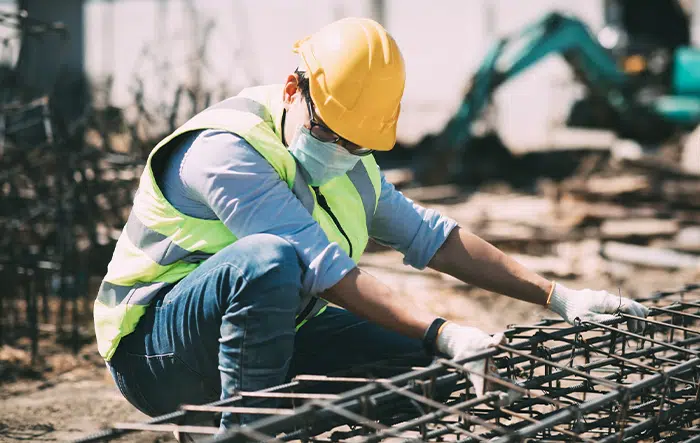
This is more for those people who would spend the heat of the day out jogging, working out in the park, going to the gym, or otherwise optionally exerting themselves. At the very least, if you’re intent on working out, you can do so during the cooler times of the day. Adjust your schedule to beat the heat and you’ll have a more pleasant time of things.
Additionally, you don’t necessarily need your mask for certain kinds of exertion. For example, if you’re hiking on an isolated trail or going for a bike ride on deserted paths, you don’t need to keep a mask on while you do it. Keep it handy if you end up with a pack or in a crowded situation, but otherwise, you’re probably okay to keep it off to stay cool.
Choose a Light-Colored Mask
This one might sound a little obvious, but, pick a mask that has a lighter color profile. Dark colors are dark because they absorb more light and radiation from the sun. Lighter colors are lighter because they reflect more of that light. The reason why has to do with the physics of light, but you don’t need to know the science behind it to understand the concept.
It can be difficult to do this in some situations, simply because the most widely available masks tend to be black or darker colors since those colors don’t show grime or moisture as much as lighter colors might. However, the truth is, there are thousands of brands and individuals selling masks, from Disney-branded superhero masks to our MyAir masks to whatever someone sews together and sells on Etsy. You have a huge array of choices available to you whenever you want to make a new mask purchase.

Going for a lighter color or pattern will help keep you cooler in the heat. Pick something that you enjoy, since you’ll be spending a lot of time in a mask as it is. Picking a good pattern can be fun! Some people even have entire drawers of masks now, to accessorize with a variety of different outfits. The sky is the limit, to be honest.
Pick the Right Fabric Type
Your choice of fabric type has a significant impact on how comfortable your mask is to wear. Some fabrics trap moisture and warmth much more strongly than others.
The trick here is that the most breathable, comfortable masks are also the ones that do the worst against the pandemic.
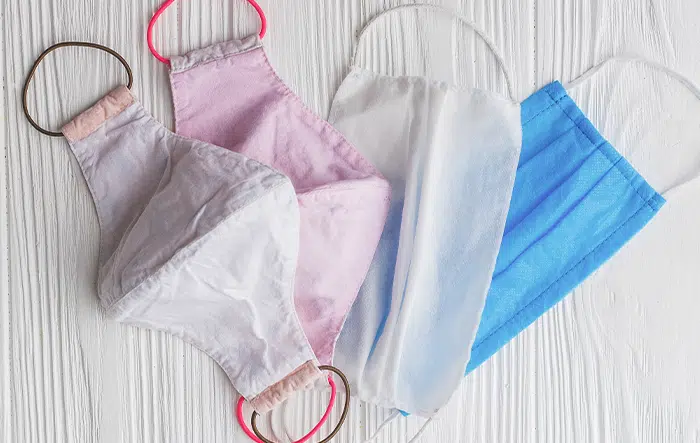
Keep in mind this rule of thumb: the easier it is to breathe through the mask, the easier it is for virus-laced droplets to pass through the cloth and get into your respiratory system.
That’s not to say that you should choose the most restrictive fabric to keep yourself safe. If you block air completely, you can’t breathe at all. A thick fabric that blocks airflow will simply push your breath in and out around the edges of the mask, which is unrestricted and doesn’t do a lot to protect you either.
The trick is to pick a mask that has the right balance.
- It’s not too thick that it becomes restrictive or forces your breath out around the edges.
- It’s not too thin that it doesn’t protect you, despite being comfortable.
- It’s not inflexible and thus uncomfortable.
- It’s tight enough to form a full seal around the edges of the mask, but not so tight it hurts.
We wrote a more detailed rundown on different fabric types over here. You can also find numerous studies performed into how effective different fabrics are at filtering the air. One of the best for filtration is 100% cotton if you can’t get an actual N95. Cotton is also generally very good at avoiding irritation and mask acne, so it’s a great option all around.
Carry Multiple Masks and Swap When Damp
One of the best things you can do to keep yourself cool and dry when wearing masks, especially if you’re going to be out and about running errands all day, or spending a long day at work, is to keep multiple masks on hand.
Back at the start of the pandemic, having a single mask was good enough. It was difficult to get ahold of them, and saving them for essential workers and public-facing healthcare providers was more important than having more than one to yourself. However, by now, supply has risen to meet demand. Medical workers might still struggle to get medical-grade N95s, but for the rest of us, well, there’s no shortage of cloth masks available on the market.
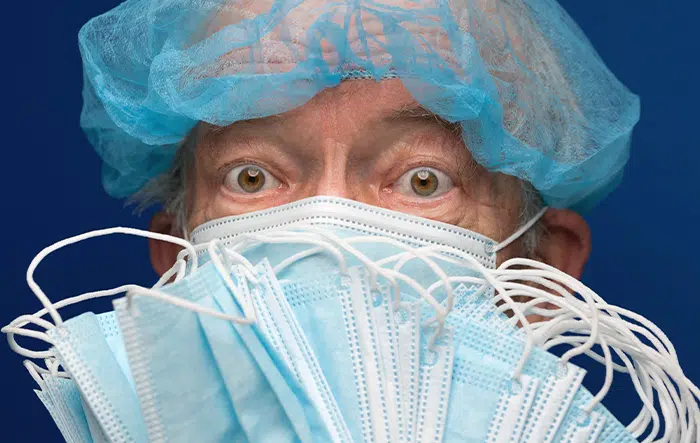
So: buy more than one! Buy two, three, or four masks, and keep several on hand at any given time. When one mask is getting saturated with moisture, take it off, let it dry out, and wear a different mask in the meantime.
Remember, though, that you want to be safe with your masks when you swap, store, and remove them. Wash your hands before and after interacting with your mask. Store the dirty mask in a baggie or sealable box, rather than shoving them in a pocket or purse where they can contaminate other items.
Don’t forget to wash and sanitize your dirty masks when you get home. You want to ensure that you’re always taking clean masks out with you, to avoid latent contamination infusing your breathing. While there isn’t a lot of evidence that a dirty mask can make you sick, it’s still better to avoid it. Plus, a mask that absorbed a lot of moisture from your breath and then was isolated in a baggie for a while is likely to grow other bacteria and little nasties, which make it smell bad and can make you sick in other ways. Just clean your masks.
Drink More Water
Another key way to beat the heat is to make sure your body is capable of dealing with that heat. High temperatures are dangerous, but they’re dangerous not just because of the temperature, but because of the effects that temperature has on your body.
Your body regulates its temperature by expelling heat through your breath, as well as by sweating. When you sweat, that sweat evaporates into the air, and evaporation transfers heat into the air. This cools your skin, which cools the blood beneath your skin, which circulates and cools your body. Your body has a very sophisticated set of systems to help regulate your body temperature.
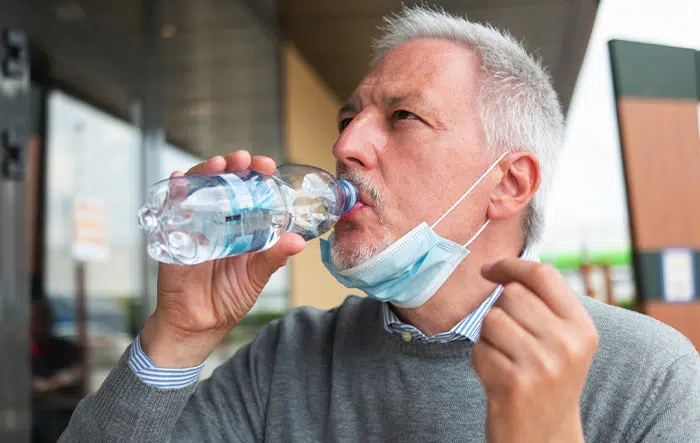
The key is that virtually every system in your body runs on water. Most of your body is water, in fact, in some form or another. You need water to regulate body temperature, keep yourself cool and hydrated, and keep your body functioning.
So, carry a water bottle with you. Drink water throughout the day and be sure to stay hydrated. Avoid soft drinks, alcohol, and other beverages that will do more to dry you out than to keep you moist.
Take Mask Breaks
If your mask is moist and stifling, why not take it off?
Alright, so, you can’t just take your mask off anywhere. You have to make sure you’re able to be in an isolated place away from other people before you do so. However, you don’t have to wear your mask 24/7 to stay safe. The air itself is not going to infect you. Other people can transmit the virus, so you have to stay safe when you’re around other people.
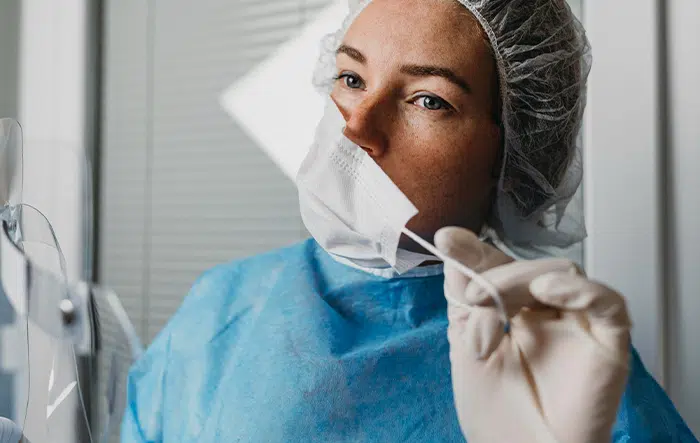
Some situations where you can safely take your mask off (at least with the current knowledge we have of the Coronavirus) include:
- When you’re driving. There’s no reason to wear a mask when you’re driving UNLESS you’re carpooling with people. Driving alone or with your family is fine. Driving with some coworkers is less fine. Driving for Uber or Lyft? Well, keep your mask on then.
- When you’re outside and away from people. Taking a break in the shade of a tree to take your mask off and let it air out a bit is a great way to reduce heat and moisture build-up. You might not be able to let your mask dry fully, but at the very least, you’ll be able to cool off a bit.
As always, defer to local or venue regulations, and keep an eye on the news to see if new studies or new variants change this information.
At the end of the day, we’re all learning through this situation together. As the situation evolves, we learn more about how the virus acts. At the same time, the virus can mutate and find new ways to succeed despite our precautions. The situation is always evolving, and while our tips are meant to be general and keep you as safe as possible, things could change. Always defer to the latest guidance from the CDC, WHO, and other authorities in viruses.
Have you come up with a safe way to keep your face cool a dry while wearing a mask? What did you come up with? Be sure to let us know all your thoughts in the comments section down below!
In addition, if you have any comments, questions or concerns, feel free to reach out at any time!
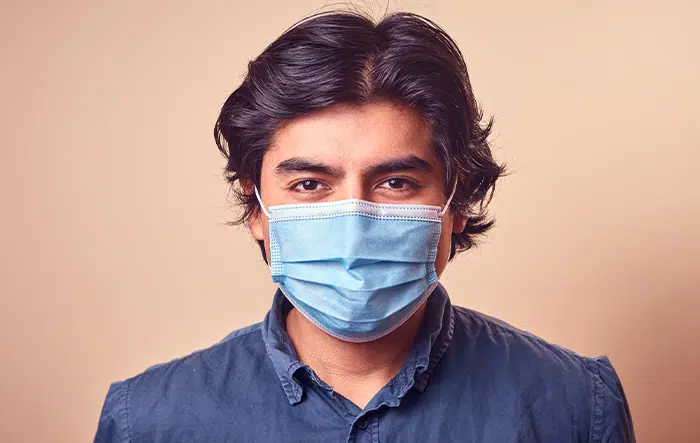
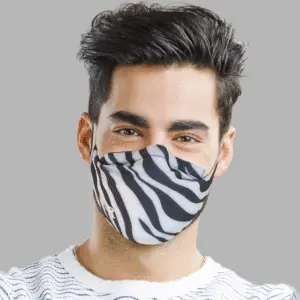

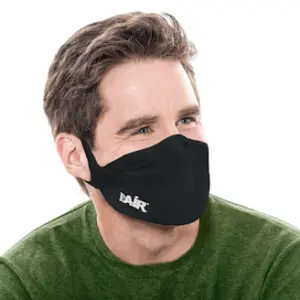
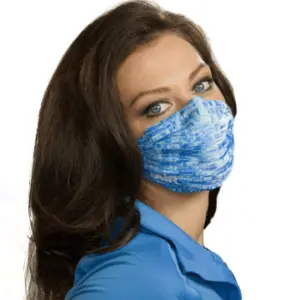
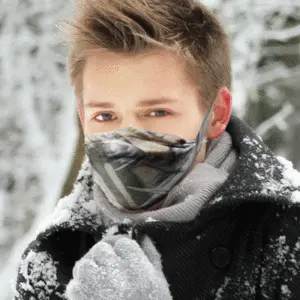
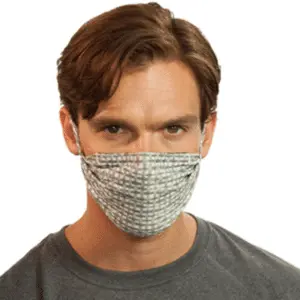
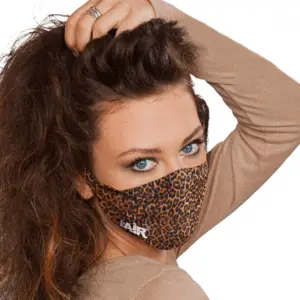
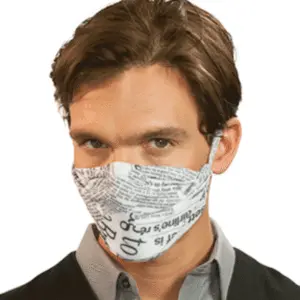

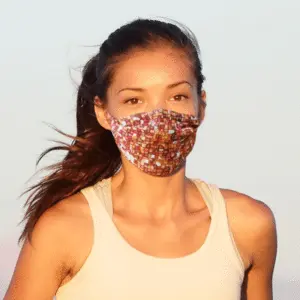

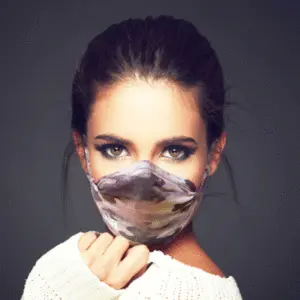
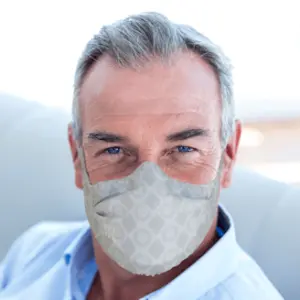



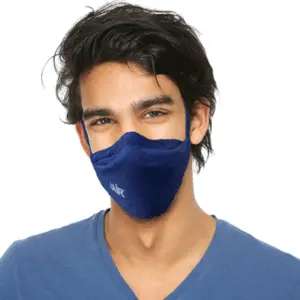

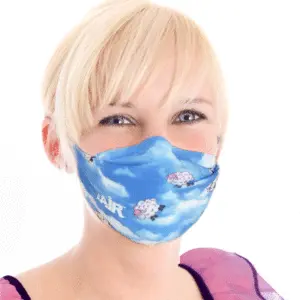
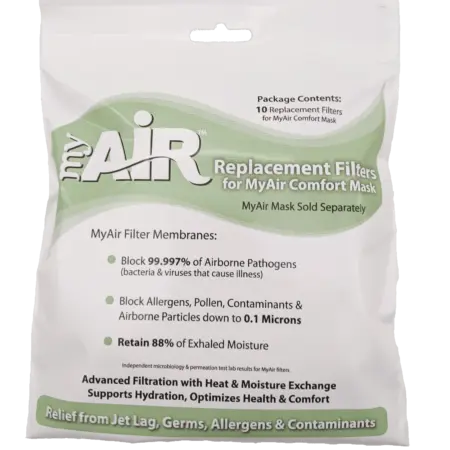
0 Comments